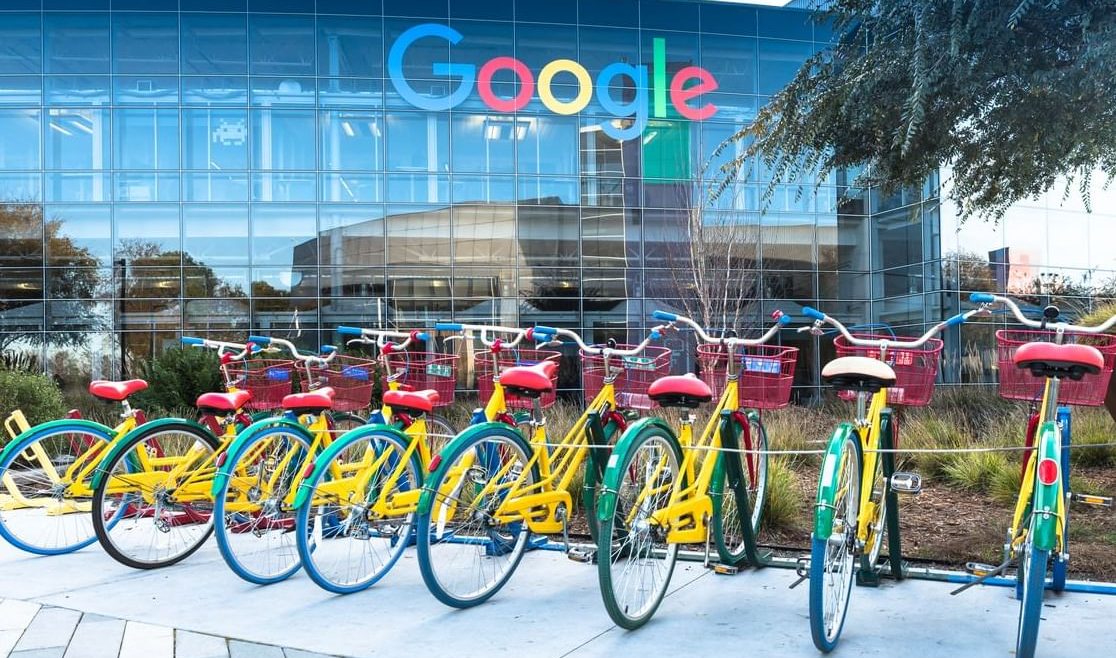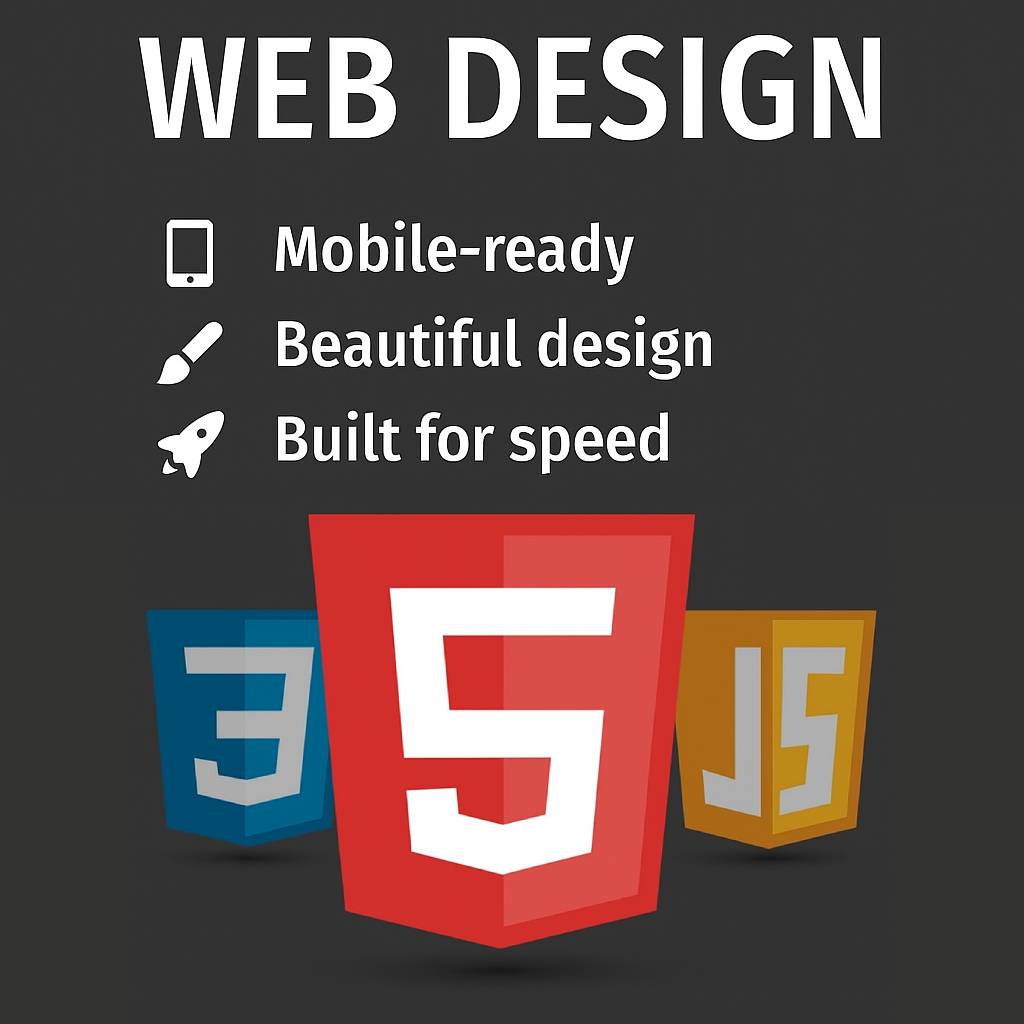Post at a Glance
A slow-loading website can frustrate users, increase bounce rates, and negatively impact your SEO. Google PageSpeed Insights (PSI) is a powerful, free tool that analyzes your website’s performance and provides actionable recommendations to improve speed, usability, and accessibility. In this guide I will walk you through using Google PageSpeed Insights to optimize your website, enhance SEO, address scripting issues, and make your site more ARIA-compliant and accessible.
What is Google PageSpeed Insights?
Google PageSpeed Insights is a performance analysis tool that evaluates your website’s speed and user experience on both mobile and desktop devices. It generates a score from 0 to 100 based on key performance metrics, such as First Contentful Paint (FCP), Largest Contentful Paint (LCP), Cumulative Layout Shift (CLS), and Total Blocking Time (TBT). Additionally, PSI provides diagnostic insights and recommendations to improve your site’s performance.By leveraging PSI, you can identify bottlenecks, optimize your site for faster load times, improve SEO rankings, and ensure your website is accessible to all users, including those using assistive technologies.

Why Website Performance Matters for SEO and Accessibility
Before diving into how to use Google PageSpeed Insights, let’s explore why website performance is crucial:
- SEO Benefits: Google uses Core Web Vitals (LCP, CLS, and FID/INP) as ranking signals. A faster, more responsive website improves user experience, reduces bounce rates, and boosts your search engine rankings.
- User Experience: Studies show that 53% of mobile users abandon a site that takes longer than 3 seconds to load. Faster sites lead to higher engagement and conversions.
- Accessibility: A performant website is often more accessible. Optimizing for speed ensures that users with disabilities, who rely on screen readers or other assistive technologies, can navigate your site efficiently.
- Business Impact: Faster websites improve conversion rates. For example, a 1-second delay in page load time can reduce conversions by 7%.
How to Use Google PageSpeed Insights
- Access the Tool: Visit pagespeed.web.dev and enter your website’s URL.
- Analyze the Report: Google PageSpeed Insights will generate a performance score for both mobile and desktop versions of your site, along with Core Web Vitals metrics and optimization suggestions.
- Understand the Metrics:
- First Contentful Paint (FCP): Measures how long it takes for the first piece of content to appear.
- Largest Contentful Paint (LCP): Tracks the time it takes for the largest content element (e.g., an image or text block) to load.
- Cumulative Layout Shift (CLS): Assesses visual stability by measuring unexpected layout shifts.
- Total Blocking Time (TBT): Quantifies the time during which the page is unresponsive to user input.
- Review Recommendations: PSI categorizes suggestions into “Opportunities” (high-impact fixes) and “Diagnostics” (additional insights).

Optimizing Website Performance with Google PageSpeed Insights Recommendations
Google PageSpeed Insights provides specific recommendations to improve your site’s performance. Below are the most common issues and how to address them:
Optimize Images
Images often account for the largest portion of a website’s payload. Google PageSpeed Insights frequently flags unoptimized images as a performance bottleneck.
- Solution:
- Compress Images: Use tools like TinyPNG or ImageOptim to reduce image file sizes without sacrificing quality.
- Use Modern Formats: Convert images to WebP or AVIF, which offer better compression than JPEG or PNG.
- Lazy Loading: Implement lazy loading with the loading=”lazy” attribute to defer offscreen images until they’re needed.
- Responsive Images: Use the <picture> element or srcset to serve appropriately sized images based on the user’s device.
SEO Benefit: Optimized images reduce page load times, improving LCP and boosting SEO rankings.Accessibility Tip: Always include descriptive alt text for images to ensure screen readers can interpret them for visually impaired users.2. Minimize Render-Blocking ResourcesRender-blocking resources, such as CSS and JavaScript files, delay the rendering of your page. PSI often highlights these as issues affecting FCP and LCP.
Solution
- Minify CSS and JS: Use tools like UglifyJS or CSSNano to remove unnecessary characters and reduce file sizes.
- Defer Non-Critical CSS: Inline critical CSS for above-the-fold content and defer non-critical CSS using media=”print” or asynchronous loading.
- Asynchronous JavaScript: Add async or defer attributes to <script> tags to prevent blocking the main thread.
SEO Benefit: Reducing render-blocking resources improves FCP and LCP, which are key Core Web Vitals for SEO.Scripting Issue: Over-reliance on synchronous JavaScript can cause long tasks that block the main thread. Consider breaking up large scripts into smaller, modular chunks and using Web Workers for background tasks.3. Reduce Server Response TimeA slow server response time (Time to First Byte, or TTFB) can negatively impact all performance metrics.
Solution
- Use a Content Delivery Network (CDN): CDNs like Cloudflare or Akamai distribute your content across global servers, reducing latency.
- Optimize Server Configuration: Enable caching, use HTTP/2, and optimize database queries to reduce TTFB.
- Choose a Fast Hosting Provider: Select a reliable host with low latency and high uptime.
SEO Benefit: Faster server response times improve overall page load speed, positively impacting SEO.4. Eliminate Unnecessary JavaScriptExcessive or poorly optimized JavaScript can increase TBT and delay interactivity.
Solution
- Remove Unused Code: Use tools like Webpack or Rollup to tree-shake unused JavaScript.
- Code Splitting: Split large JavaScript bundles into smaller chunks that load only when needed.
- Avoid Heavy Libraries: Replace heavy frameworks (e.g., jQuery) with lightweight alternatives or vanilla JavaScript.
Scripting Issue: Large JavaScript bundles can cause long tasks, leading to poor TBT and INP (Interaction to Next Paint). Regularly audit your scripts using tools like Lighthouse or Chrome DevTools’ Coverage tab to identify unused code.
Accessibility Tip: Ensure JavaScript-driven features (e.g., modals or drop-downs) are keyboard-accessible and include ARIA attributes like aria-expanded or aria-controls.5. Improve Cumulative Layout Shift (CLS)Unexpected layout shifts frustrate users and hurt your CLS score.
Solution
- Set Image Dimensions: Always specify width and height attributes for images and videos to reserve space during rendering.
- Avoid Dynamic Content Insertion: Prevent ads or pop-ups from shifting content without user interaction.
- Use CSS Aspect Ratio: Apply aspect-ratio to maintain consistent layouts for responsive elements.
SEO Benefit: A low CLS score improves user experience and supports higher search rankings.Accessibility Tip: Stable layouts benefit users with motor impairments who rely on precise navigation.
Addressing Scripting Issues for Better Performance
JavaScript is a common culprit for performance bottlenecks. Here are specific scripting issues flagged by Google PageSpeed Insights and how to resolve them:
- Long Tasks: Tasks that take longer than 50ms block the main thread, delaying interactivity.
- Fix: Break long tasks into smaller, asynchronous chunks using setTimeout or requestIdleCallback.
- Example: Instead of a single large loop, split it into smaller iterations processed during idle periods.
- Third-Party Scripts: Analytics, ads, or social media widgets can slow down your site.
- Fix: Load third-party scripts asynchronously or defer them until after the main content loads. Use tools like Partytown to offload third-party scripts to a Web Worker.
- Excessive DOM Manipulation: Frequent DOM updates can cause performance bottlenecks.
- Fix: Batch DOM updates using techniques like DocumentFragment or virtual DOM libraries (e.g., React).
- Event Listener Overload: Too many event listeners can degrade performance.
- Fix: Use event delegation to attach a single listener to a parent element instead of multiple listeners on child elements.

SEO Benefit: Optimized JavaScript reduces TBT and INP, improving Core Web Vitals and search rankings.
Making Your Site ARIA and Accessibility Friendly
Accessibility is a critical aspect of website optimization, ensuring all users, including those with disabilities, can interact with your site. Google PageSpeed Insights indirectly supports accessibility by encouraging faster, more stable websites, but you can take additional steps to make your site ARIA-compliant:
- Use Semantic HTML:
- Replace generic <div> tags with semantic elements like <header>, <nav>, <main>, and <footer>.
- Benefit: Screen readers interpret semantic HTML correctly, improving navigation for visually impaired users.
- Add ARIA Attributes:
- Use aria-label, aria-labelledby, and aria-describedby to provide context for interactive elements.
- Example: For a button that opens a modal, add aria-controls=”modal-id” and aria-expanded=”false”.
- Benefit: ARIA attributes enhance the accessibility of dynamic content.
- Ensure Keyboard Accessibility:
- Make all interactive elements (e.g., buttons, links) focusable with the tabindex attribute.
- Test keyboard navigation to ensure users can access all functionality without a mouse.
- Benefit: Keyboard accessibility supports users with motor impairments.
- Improve Color Contrast:
- Use tools like WebAIM’s Contrast Checker to ensure text and background colors meet WCAG 2.1 guidelines (minimum contrast ratio of 4.5:1 for normal text).
- Benefit: High contrast improves readability for users with visual impairments.
- Provide Text Alternatives:
- Include alt text for images, captions for videos, and transcripts for audio content.
- Benefit: Text alternatives make content accessible to screen reader users.

SEO Benefit: Accessible websites are often more user-friendly, leading to longer dwell times and better engagement metrics, which positively impact SEO.
Monitoring and Maintaining Performance
Optimizing your website is an ongoing process. Here’s how to maintain performance over time:
- Regularly Test with PSI: Run PSI tests monthly or after major updates to catch new issues.
- Use Real User Monitoring (RUM): Tools like Google Analytics or CrUX (Chrome User Experience Report) provide real-world performance data.
- Automate Optimization: Integrate tools like Lighthouse CI into your development pipeline to catch performance regressions early.
- Stay Updated: Keep your CMS, plugins, and scripts updated to benefit from performance and security improvements.
Google PageSpeed Insights is an invaluable tool for optimizing your website’s performance, SEO, and accessibility. By addressing common issues like unoptimized images, render-blocking resources, slow server response times, and excessive JavaScript, you can significantly improve your site’s speed and Core Web Vitals. Paying attention to scripting issues, such as long tasks and third-party scripts, ensures a smoother user experience.
Additionally, incorporating ARIA attributes, semantic HTML, and accessibility best practices makes your site inclusive for all users. Start by running a PSI test today, prioritize high-impact fixes, and continuously monitor your site’s performance. A faster, more accessible website not only improves your SEO rankings but also delights users and drives conversions.

Request Web Design or SEO Services
Looking for web design or SEO services? Fill out this short form and we’ll contact you to talk about your project needs. Help us understand your vision so we can deliver a tailored, user-friendly design that effectively represents your brand















